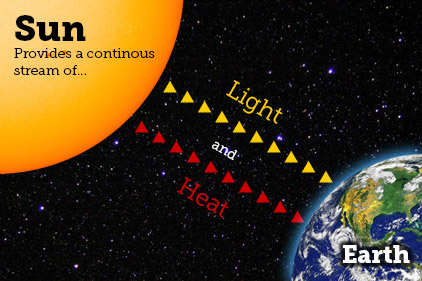Understanding How the Sun Generates Light and Heat
The Mysterious Glow of the Sun
For centuries, scientists pondered what could cause the Sun to glow so brightly without burning up. Early hypotheses proposed that it must consist largely of combustible gases like oxygen that fuel its perpetual flame. However, we now understand these theories were incorrect - the Sun’s glowing processes are far more complex than simple combustion.
Not All That Glow Require Oxygen
Certain man-made objects like light bulbs serve as clues that heat and light can be produced without oxygen-fueled burning. Early light bulbs utilized an electric heating filament in a near-vacuum environment to achieve glowing temperatures, showing combustion is not necessary. The Sun too glows not through combustion but another mechanism.

The Primordial Composition of Our Parent Star
Advanced spectroscopy uncovered that hydrogen and helium comprise over 98% of the Sun’s mass, with trace amounts of heavier elements. Helium was first detected in the Sun and named after the Greek god Helios, illuminating its significance as a primary solar component. These findings disproved theories of an oxygen-fueled flame, revealing the Sun’s elemental makeup does not support combustion.
A Nuclear Furnace Within
Modern understanding reveals the Sun is powered not by surface combustion but by nuclear fusion reactions deep within its core. Under intense gravitational pressures, the nuclei of hydrogen atoms fuse to form helium, liberating prodigious amounts of energy in the process. This self-sustaining fusion furnace has fueled the Sun for billions of years and will continue for billions more.
How Nuclear Fusion Generates the Sun’s Brilliance
At temperatures over 15 million degrees Celsius in the core, hydrogen nuclei are able to overcome their natural repulsion and fuse. The specific reaction involves the merging of four protons to form a single helium nucleus, with a small amount of mass converted to fusion energy according to Einstein’s equation E=mc2.
An Immeasurable Source of Vital Energy
This constant fusion of hydrogen into helium generates our Sun’s luminous output at an unfathomable rate of 4 million tons of matter converted to energy every second. Over the past 4.6 billion years, less than half the hydrogen fuel has been consumed, ensuring the Sun will continue to radiate life-giving warmth and light for our planet for billions more years to come.
Transferring Thermal Energy from Core to Surface
Heat from the incessant nuclear reactions in the core slowly radiates outward over millions of years. As it penetrates through successive layers, the superheated plasma undergoes gradual convection, circulating energy towards the solar surface.
The Phenomenon of Blackbody Radiation
Upon emerging from the photosphere, the matter glows a bright yellow-white at approximately 6,000 degrees Celsius due to its temperature. At this heat, the glowing gas emits electromagnetic radiation across the visible and infrared spectra in what is known as blackbody radiation. It is this blackbody glow that illuminates Earth and warms its biosphere with life-nurturing solar energy.
Maintaining Hydrostatic Equilibrium Against Gravity
To prevent collapse under its own tremendous gravity, theSun maintains a delicate hydrostatic equilibrium through complex energy transport. A balanced interplay between gas pressure, temperature gradients and convective flows counters gravitational forces, preserving the star’s stable structure for eons. Even slight fluctuations can trigger powerful eruptions as plasma is disturbed from equilibrium.
A Dynamo Generating Magnetic Fields
Circulation of the ionized plasma within also acts as a huge dynamo, twisting magnetic flux loops emerging from the surface. Sprawling loops and arcing prominences are visible evidence of the turbulent, magnetic activity constantly occurring across the solar body. These fields play a significant role guiding energy flows throughout the convection zone.
New Insights From Ongoing Solar Research
Continued observation and modeling have steadily augmented our comprehension of the Sun on both large and small scales. spacecraft like Solar Dynamics Observatory beam back stunning high-resolution imagery, revealing fascinating phenomena like solar prominences and surface granulation in exquisite detail. Advancing knowledge of the alien yet enlightening processes powering our nearest star will surely yield profound discoveries with impacts on planetary science, astrophysics and beyond.
Pushing the Frontiers of Understanding
Even fundamental questions remain unsolved, such as exactly what initiates and drives the mysterious 11-year sunspot cycle. Upcoming missions like the Parker Solar Probe aim to delve ever deeper, braving the corona to take in-situ readings nearer to the enigmatic fusion processes at the solar core than ever before. Fresh insights there could revolutionize our perception of how stars are born, live and die across the vast cosmos. The illuminating story of our life-bearing local star has only begun to be fully comprehended.
